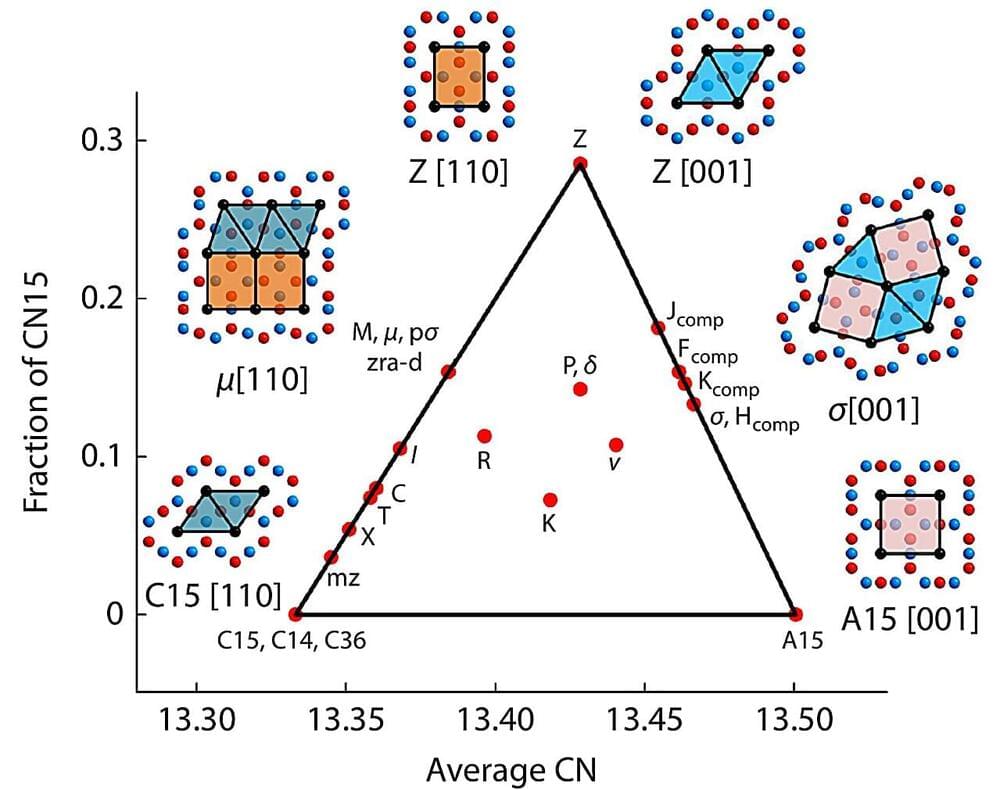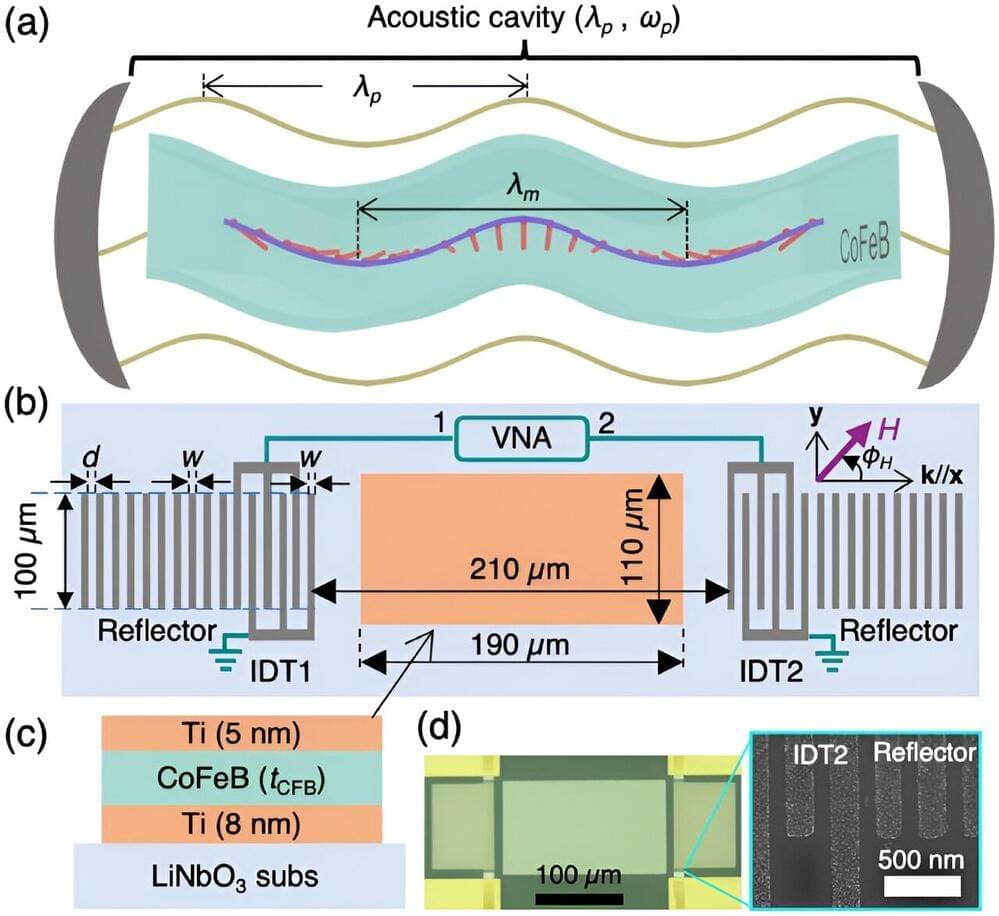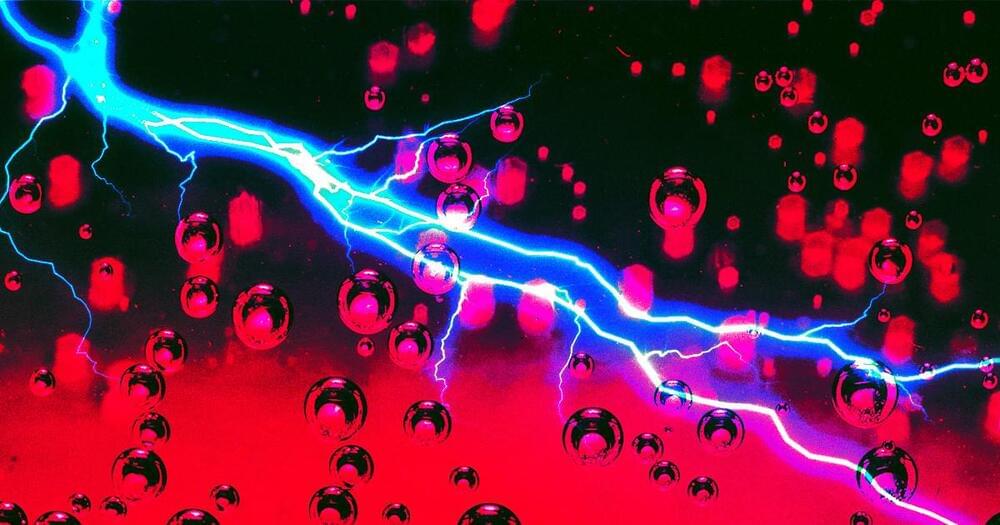The only people who absolutely disagree are, well, scientists. They need to get over themselves and join the fun.
Category: futurism – Page 317

Unveiling the future of nanostructures with soft matter magic
As traditional top-down approaches like photolithography reach their limitations in creating nanostructures, scientists are shifting their focus toward bottom-up strategies. Central to this paradigm shift is the self-assembly of homogeneous soft matter, a burgeoning technique with the potential to produce complex nano-patterns on a vast scale.

‘Shear sound waves’ provide the magic for linking ultrasound and magnetic waves
A team led by researchers from the RIKEN Center for Emergent Matter Science in Japan has succeeded in creating a strong coupling between two forms of waves—magnons and phonons—in a thin film. Importantly, they achieved this at room temperature, opening the way for the development of hybrid wave–based devices where information could be stored and manipulated in a variety of ways.




Scientists Test Battery Powered by the Body’s Oxygen
Medical implants such as pacemakers and gastric stimulators have improved our lives, but the batteries in these devices eventually run out and require surgery to replace them.
It raises a futuristic question: what if there was a way to avoid cutting a patient’s body open to replace a battery?
A team of Chinese scientists have come up with a possible method to pull that off by developing an implantable battery that uses oxygen already inside the human body to continuously power itself up.

How can bridges be protected from ship collisions? A civil engineer explains
In an interview, University of Michigan civil engineer Sherif El-Tawil explained how often ships collide with bridges, what can be done to protect bridges from collisions, and how a similar disaster in Florida in 1980 – just three years after the Key bridge opened – changed the way bridges are built.
This is not the first time a ship has taken out a bridge. What’s the history of ship-bridge collisions?
This is an extremely rare event. To my knowledge, there are about 40 or so recorded events in the past 65 years that involved similar type of damage to a bridge caused by a ship. So they seem to occur on average about once every one and a half to two years around the world. When you consider that there are millions of bridges around the world – and most of them cross waterways – you can imagine how rare this is.

